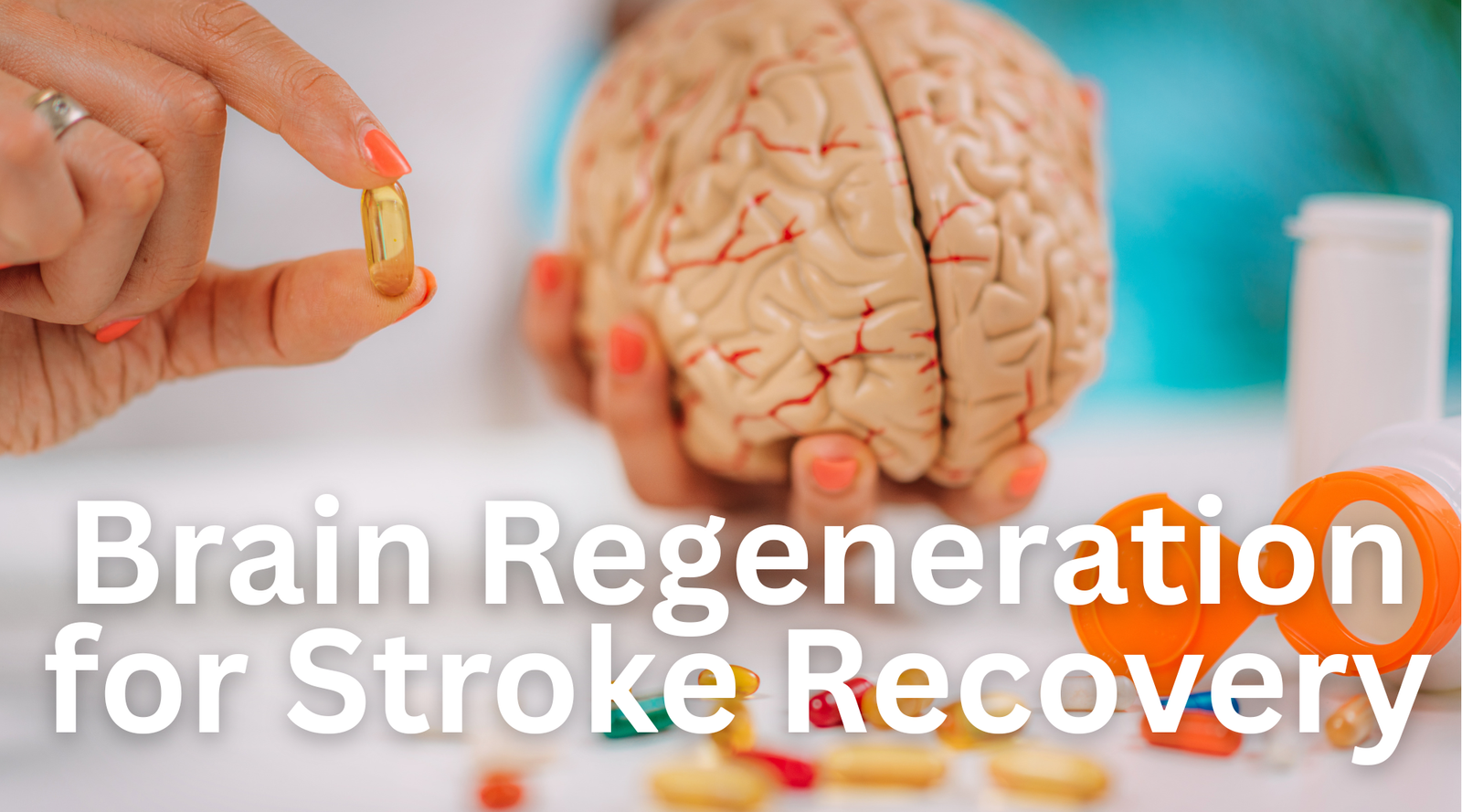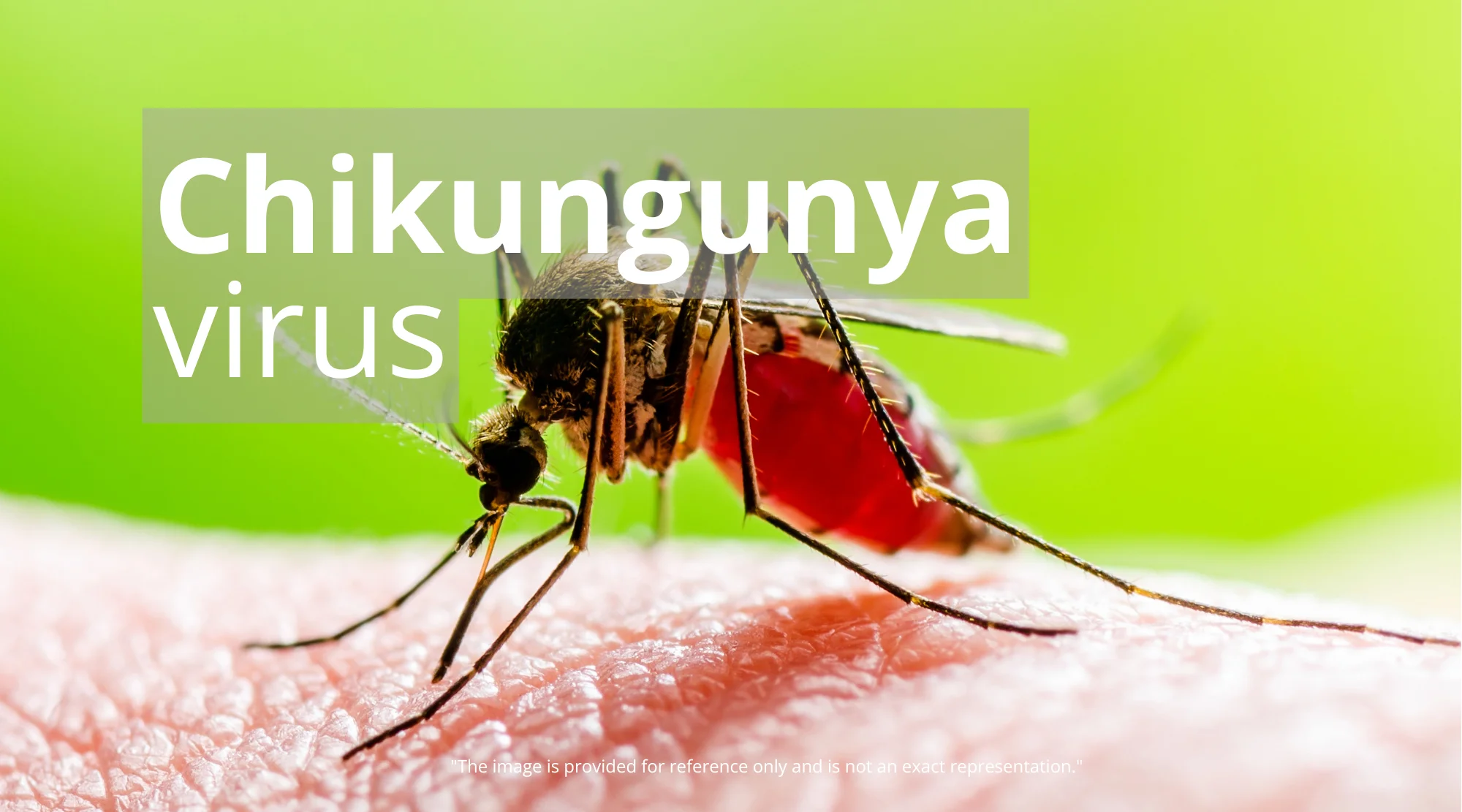The Democratic Republic of Congo (DRC) has announced a new Ebola outbreak, sparking global health concerns. This news underscores the ever-present threat of infectious diseases and the critical importance of swift and coordinated responses. In this article, we delve into what you need to know about the current situation, the ongoing efforts to contain the outbreak, and what steps you can take to stay informed and protect yourself.
Understanding the Latest Ebola Outbreak
The DRC’s announcement marks yet another chapter in the ongoing struggle against Ebola, a highly contagious and often deadly viral disease. Officials have stated that case numbers are expected to increase, highlighting the urgent need for immediate action. Response teams are working tirelessly to identify and isolate those infected, as well as to prevent further transmission within communities. The speed and effectiveness of this response are crucial in determining the scale of the outbreak. Understanding the transmission, symptoms, and available treatments for Ebola is paramount to controlling the spread.

The Complexities of Ebola Transmission
Ebola spreads through direct contact with the bodily fluids of an infected person or animal. This can include blood, saliva, vomit, urine, and feces. The disease can also be transmitted through contact with contaminated objects, such as needles or medical equipment. This mode of transmission emphasizes the importance of stringent hygiene practices and proper protective measures, particularly in healthcare settings and at the epicenter of the outbreak. Effective contact tracing is a crucial element of Ebola containment efforts, allowing health officials to identify and monitor individuals who may have been exposed to the virus.
Response and Mitigation Strategies
International and local health organizations are mobilizing resources to combat the outbreak. This includes deploying medical teams, providing diagnostic testing, and implementing public health measures. Vaccination campaigns, where feasible, are a key component of the response strategy, providing a layer of protection for those at highest risk. [Link to WHO website about Ebola response]. These coordinated efforts are essential to curb the spread of the virus and to offer medical care and psychological support to the affected communities. The response involves a multifaceted approach, combining community engagement, epidemiological surveillance, and robust infection control protocols.
Symptoms and Treatments
Symptoms of Ebola can appear anywhere from 2 to 21 days after infection. Common symptoms include fever, fatigue, muscle pain, headache, and sore throat. As the disease progresses, more severe symptoms like vomiting, diarrhea, and internal bleeding can occur. Early detection and supportive care are crucial for improving patient outcomes. Treatment often focuses on providing intravenous fluids, managing symptoms, and preventing complications. While there’s no cure for Ebola, several experimental treatments are available, and their early administration is often vital to survival.
Protecting Yourself and Staying Informed
Knowledge is the best form of defense. It’s essential to stay informed about the latest developments in the Ebola outbreak. Trustworthy information sources, such as the World Health Organization (WHO) and the Centers for Disease Control and Prevention (CDC), offer reliable updates and guidance. Avoid direct contact with individuals who are suspected of having Ebola or with those who have been in contact with them. Practice rigorous hygiene, including frequent handwashing with soap and water, and follow the public health advisories issued by local authorities. Being prepared and taking proactive measures are important steps in protecting your health.
Looking Ahead: Continued Vigilance
The ongoing Ebola outbreak in the DRC serves as a stark reminder of the ongoing risks posed by infectious diseases. Constant vigilance and collaboration are crucial for global health security. Continued investment in research, early detection, and rapid response mechanisms are critical to mitigating future outbreaks. Support for affected communities, through both financial and medical aid, is also paramount in ensuring that the impact of the disease is minimized. By staying informed and participating in preventative measures, the global community can lessen the effects of the crisis.














Post Comment